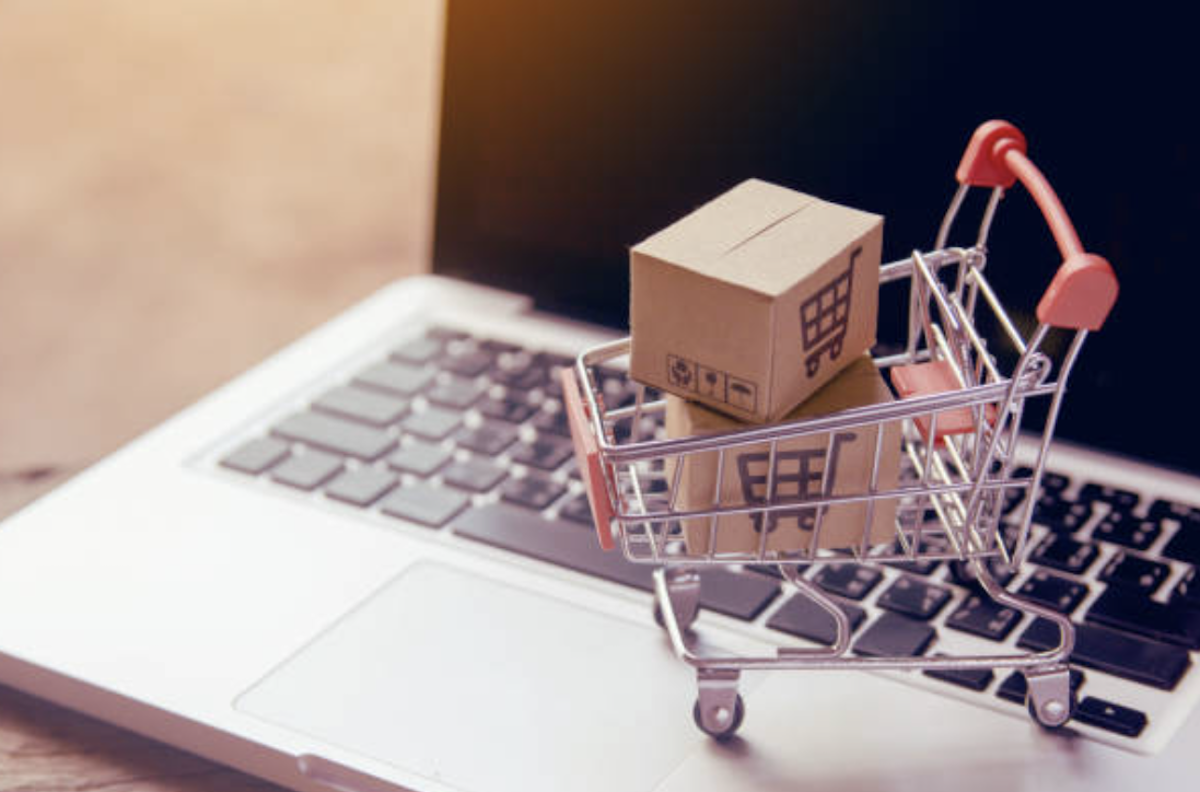Price control policies are a tool used by governments to regulate or limit the price of essential goods and services in the market. They may not be a frequent practice in modern economies, but when implemented, they can have far-reaching consequences. In the United States, price controls have been used in key historical moments, and with rising concerns about inflation and market disruptions, it’s important to understand what they are, why they’ve been used, and how they might affect you.
What Is a Price Control Policy?
A price control policy sets a maximum (price ceiling) or minimum (price floor) that can be charged for specific goods or services. These controls are designed to stabilize an economy during times of crisis, prevent monopolistic practices, or ensure that basic commodities remain affordable for consumers.
Price ceilings are meant to protect consumers from skyrocketing costs, while price floors safeguard producers from unsustainably low prices. However, they can lead to unintended consequences such as shortages, reduced quality of products, or a shift to black markets.
When Has the U.S. Used Price Controls?
The U.S. government has intervened with price controls during times of economic stress, most notably during:
1. World War II:
To prevent inflation and ensure fair distribution of scarce goods, the U.S. introduced price ceilings and rationing. Essential items like food, fuel, and clothing were subject to government-controlled prices to prevent war-related shortages and profiteering. The Office of Price Administration (OPA) was established to oversee this process.
2. The 1970s Oil Crisis:
In response to the oil embargo and spiraling inflation, President Richard Nixon imposed wage and price controls in the early 1970s. Gasoline prices, in particular, were capped, leading to long lines at pumps and fuel shortages. Though meant to curb inflation, these controls led to supply constraints, illustrating the challenges of artificially fixing prices in a global market.
3. The Rent Control Debate:
While rent control isn’t new, various U.S. cities, including New York and San Francisco, have implemented it over the years to ensure housing remains affordable for residents. Rent control limits how much landlords can increase rents, especially in high-demand markets. Proponents argue it helps protect tenants from being priced out, while critics claim it discourages new housing developments, contributing to housing shortages.
How Could Price Controls Affect You?
While price controls may not seem like something that would touch your everyday life, they can have real-world consequences for consumers and businesses alike. Here’s how:
1. Availability of Goods and Services:
If price ceilings are set too low, companies may find it unprofitable to produce or sell certain goods, leading to shortages. For example, in rent-controlled areas, property developers might shy away from building new housing, worsening housing availability.
2. Quality of Products:
When prices are capped, producers might cut corners to maintain profitability, potentially reducing the quality of goods or services. This can be seen in controlled food markets or rent-controlled buildings where landlords may skimp on maintenance.
3. Black Markets:
Price control policies can give rise to black markets. If consumers are willing to pay more than the government-mandated price, an underground economy can thrive, where goods are sold at higher prices, often outside of regulations.
4. Wage Impacts:
In certain sectors, price floors—such as minimum wage laws—are a form of price control designed to protect workers. These policies can help low-income workers but also raise business costs, potentially leading to reduced employment or higher prices for consumers.
Should I Support Price Control Policies?
Price control policies are a double-edged sword. While they can offer temporary relief during economic turmoil, they often come with long-term consequences, such as shortages or reduced product quality. The U.S. has a history of using price controls during crises, and while not common today, discussions around inflation, housing affordability, and economic inequality continue to bring them into the spotlight. Understanding how these policies work and their potential impact on the economy can help you navigate changes in market conditions and anticipate their effects on your daily life.
Would price control policies return? Time will tell, but the lessons from the past remind us of the careful balance needed between market freedom and government intervention.



